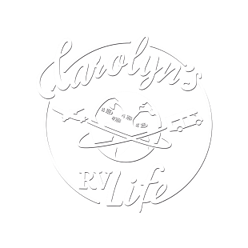All Time TOP 10 RV Living Videos from a REAL Nomad: Expert Real Life Tips About Life on the Road
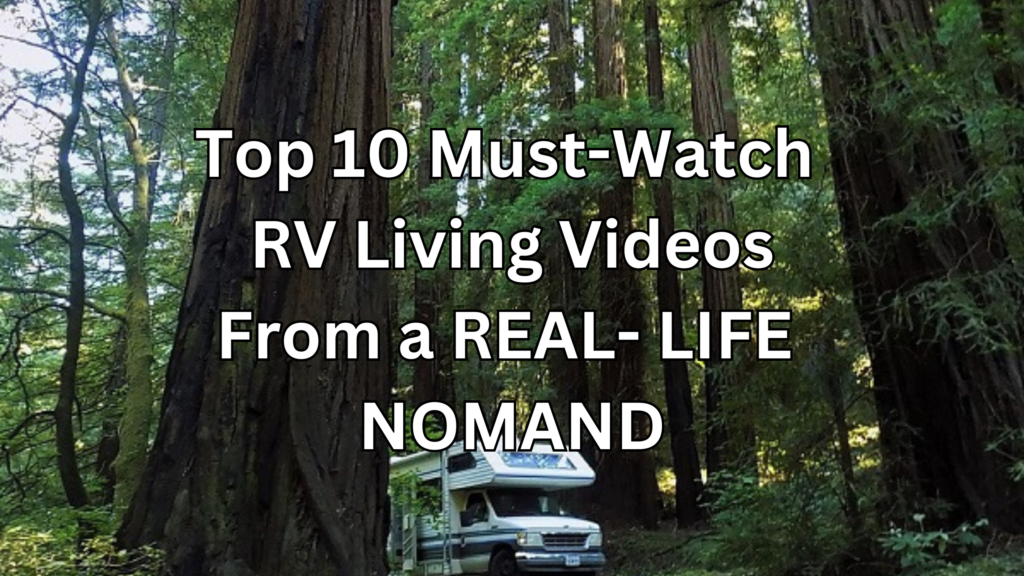
Getting Started w/ RV Living, My Story, On the Road, RV Life Challenges, RV Living Tips, Stories of RV Life, Videos Posted by Essential RV Living Videos: Expert Tips from a Real Life Nomad about Life on the Road Carolyn Higgins on September 27, 2024 Since 2016, I’ve lived full-time in my Class C RV, […]
How To Live In An RV Full-Time – The Ultimate Guide
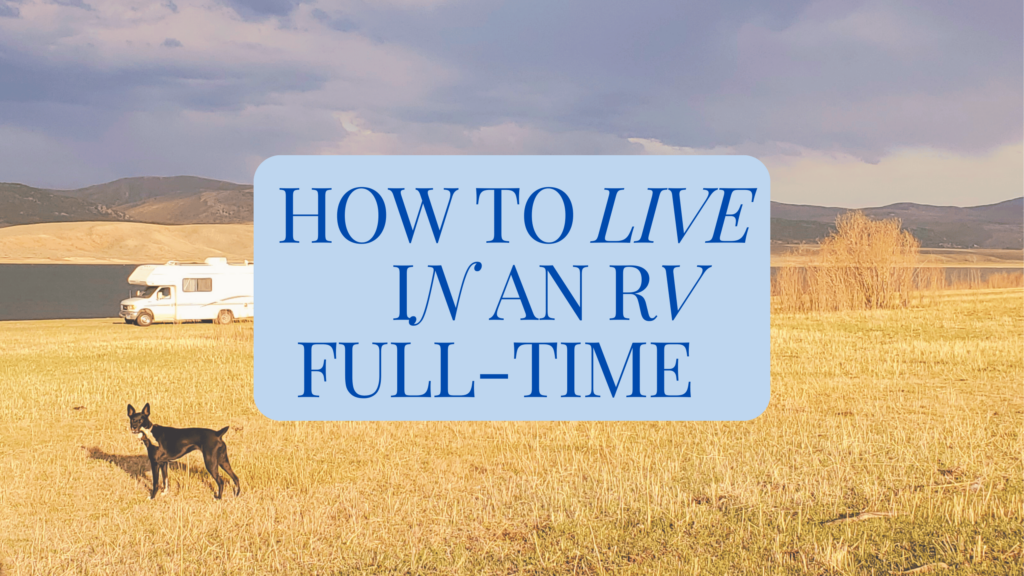
Getting Started w/ RV Living, RV Living Tips How To Live In An RV Full-Time – The Ultimate Guide Posted by Carolyn Higgins on August 29, 2024 Living in an RV full-time is a dream for many, offering the freedom to explore new places, live minimally, and embrace a nomadic lifestyle. However, transitioning from a […]
The BEST Websites & Apps for RV Living/Travel
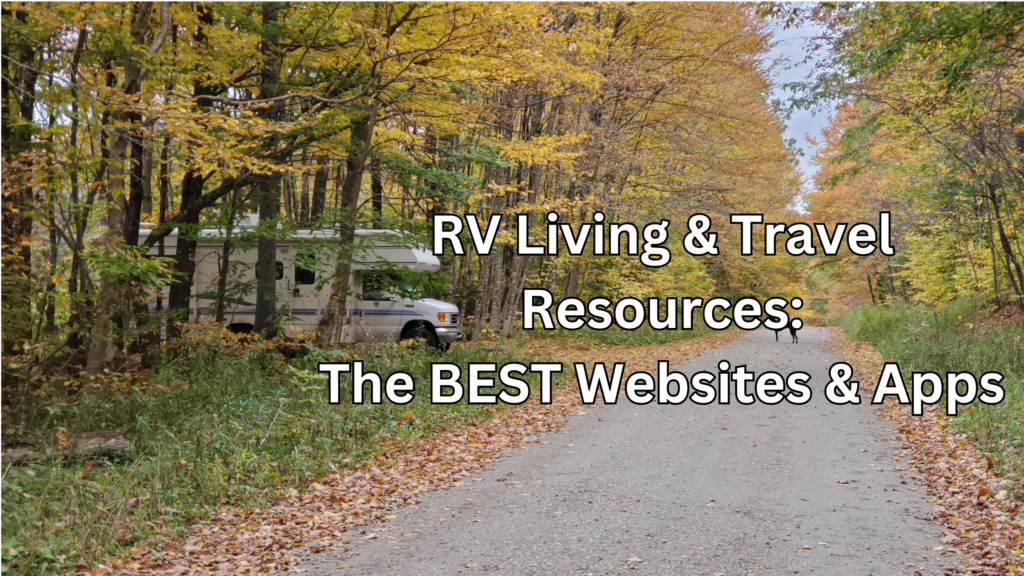
Getting Started w/ RV Living, On the Road, RV Living Tips The BEST Websites & Apps for RV Living/Travel Posted by Carolyn Higgins on May 15, 2024 With the sun shining brighter and the temperatures rising, it’s time to dust off your RV and hit the open road for some unforgettable summer adventures. Whether you’re […]
RVer’s Real Life Survival Guide For Wind Storm Safety
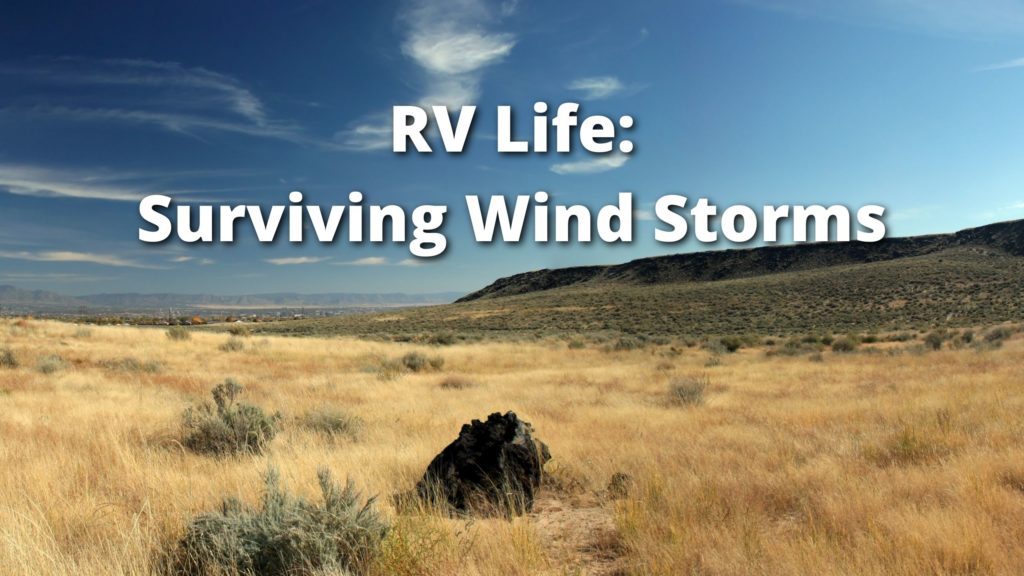
RV Living Tips, RVing Safety Tips RV Wind Storm Safety: How to Survive Posted by Carolyn Higgins on December 14, 2022 Living full-time in an RV means encountering every type of weather condition. I’ve been through some crazy wind storms over the last six years, experiencing wind gusts up to 70 mph/43 km. Sitting in […]
How to Survive Wildfire Season Best Safety Tips
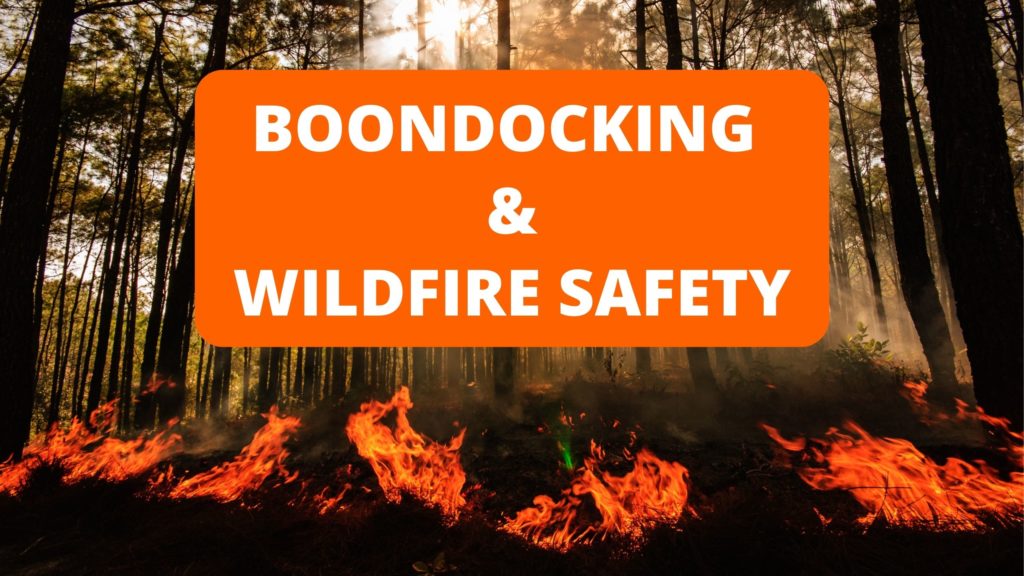
RVing Safety Tips RV Living and Simple Wildfire Safety Tips Posted by Carolyn Higgins on June 14, 2022 It’s summer! The days are longer, the sun is brighter, and the temperatures are higher. Do you know what this means for most of the western United States? If you guessed Wildfire Season you guessed right. It’s a sad reality […]
The Best Tips for RV Living and Extreme Weather
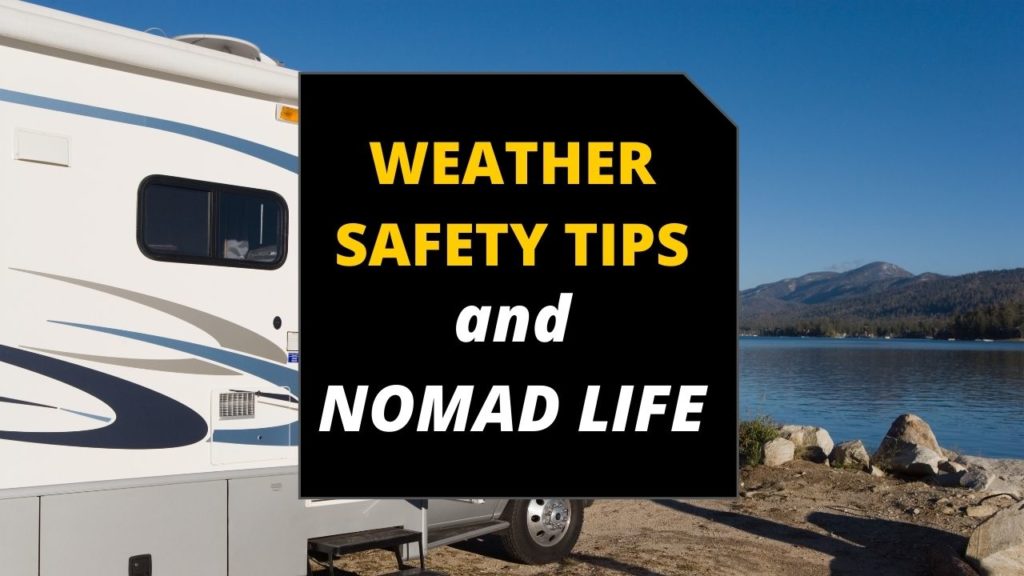
RV Living Tips, RVing Safety Tips Posted by Carolyn Higgins The Best Tips for RV Living and Extreme Weather on January 11, 2022 Living and traveling full-time in my Class C RV since 2016, I have experienced more extreme weather this year than any other time. I have encountered tornado watches in Wyoming, windstorms that […]
10 Must Have Items for Full-Time RV Living
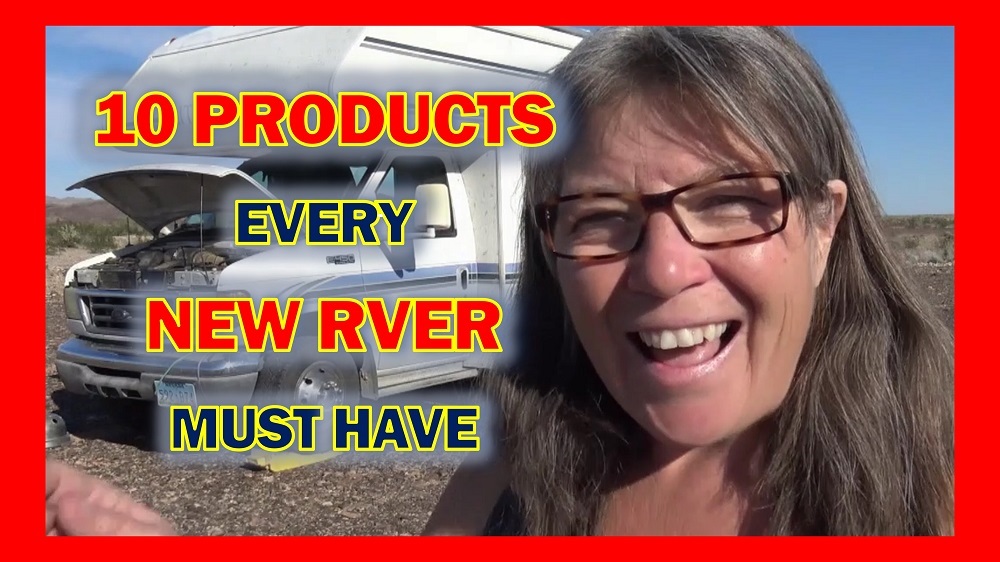
RV Living Tips 10 Must Have Items for Full-Time RV Living Posted by Carolyn Higgins on February 15, 2020 I shared the 10 Must Have Items for Full-Time RV Living in a recent video to help you prepare for full time RV or Van Life. After living in an RV for nearly 4 years, I’ve […]
Goodbye to the Southwestern Desert, Hello Sedona, AZ!

On the Road, Places Goodbye to the Southwestern Desert, Hello Sedona, AZ! Posted by Carolyn Higgins on March 15, 2017 As the spring heat closed in on the Arizona desert, it was time for me to move to higher elevations and cooler temperatures. As I left Ehrenberg for the last time this season and headed […]
How To Safely Drive Your RV on Mountain Roads
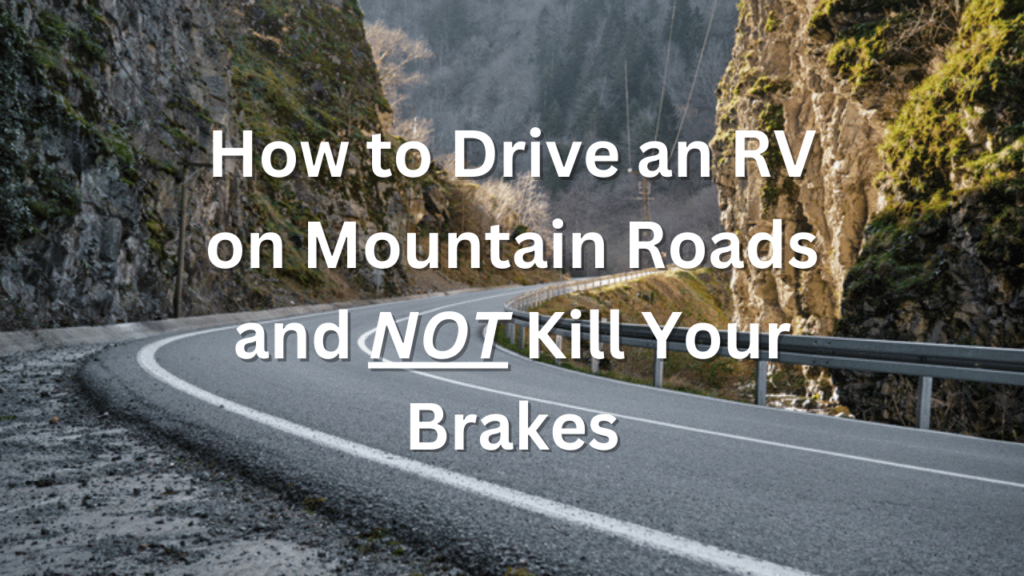
On the Road, RV Living Tips, RVing Safety Tips, Uncategorized How to Drive an RV on Mountain Roads Without Killing Your Brakes! Posted by Carolyn Higgins on March 15, 2017 I recently drove my 29’ Class C RV over two mountain passes in one day. I climbed from sea level to over 7000 feet, back […]
Proven Essential Safety Tips for Solo Travels-Prevent Being A Victim!

RV Living Tips, RVing Safety Tips 16 Safety Tips for Solo for RVers, RV Living (and Vandwers too!) Posted by Carolyn Higgins on November 27, 2016 I don’t subscribe to “the world is a mean and scary place” agenda that is prominent in our media these days. Our news has become a joke. With a […]


